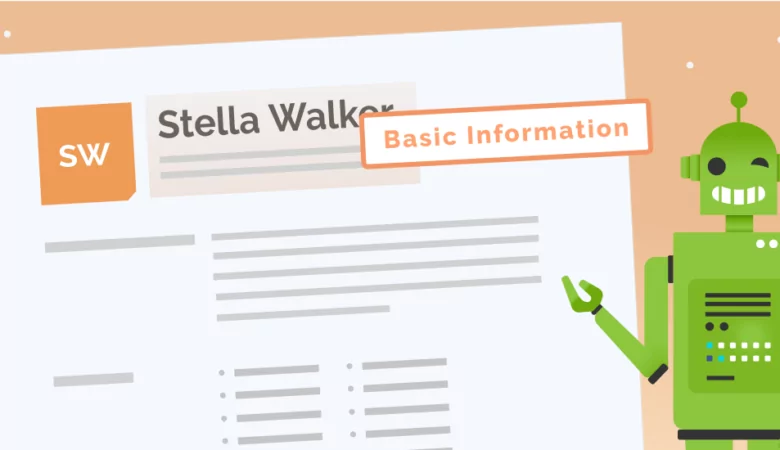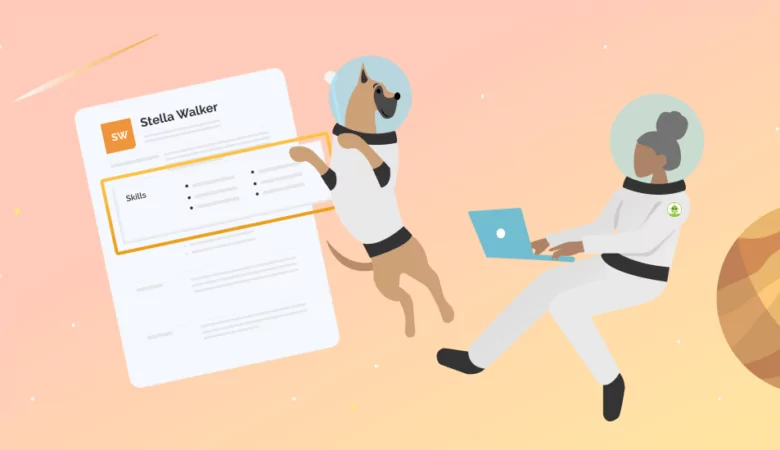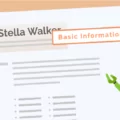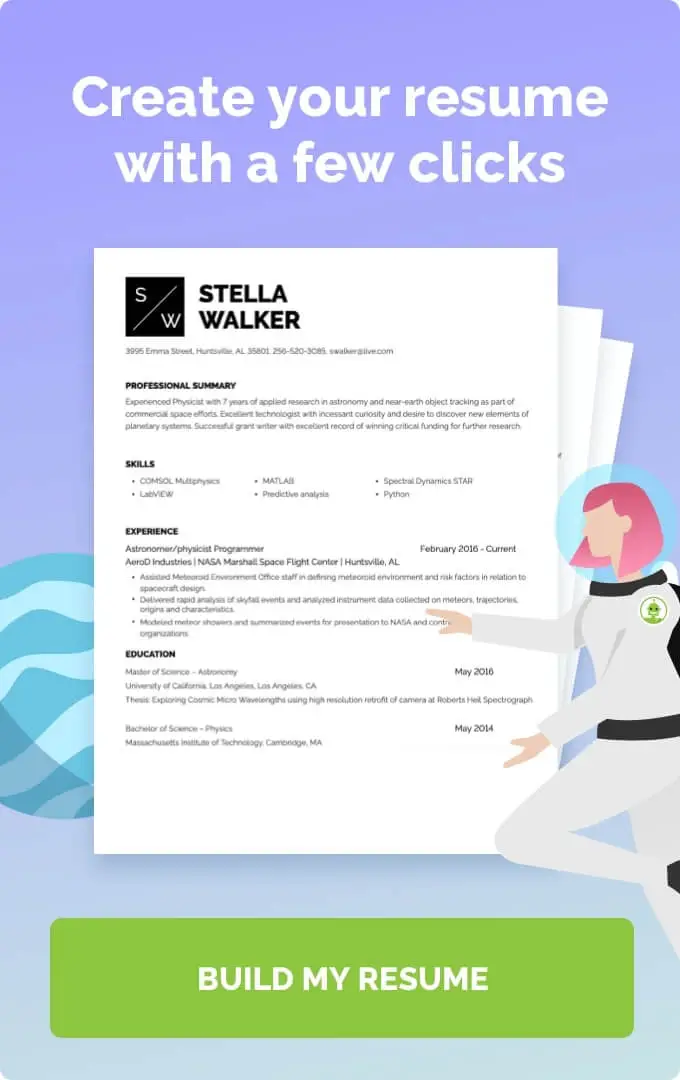References are one way a hiring manager can see what type of person and worker you are. How can you make sure your references look great to a recruiter?
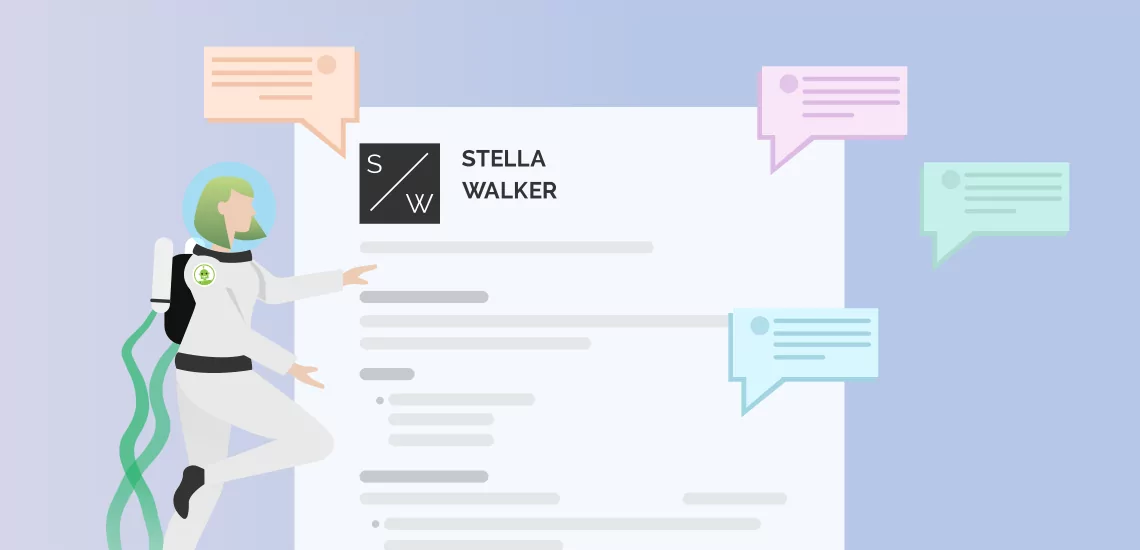
Adding References to Your Resume
References on a Resume
If you’re applying for a job, especially a more high-level job, chances are that you’ll end up needing to provide professional references. A list of references allows a recruiter to understand more about who you are, how your co-workers see you, and why your job application is the best option for the company. If you’re trying to list resume references and you need some help, here are a few tips for standing out from other job seekers.

What Are References?
First of all, what are job references? References are part of a job application, and they tell a prospective employer a little bit more about who you are as a job applicant. When you provide a list of references to contact, the hiring manager may choose to reach out to them and ask them to provide more insight into who you are and why you’re the best person for this job. Not all jobs will require references, but it’s most common to require references if a company is hiring you for a high-level job or if you have very little experience in a specific job field. In both of these situations, the recruiter may look at your references as a way to move the hiring process forward and ensure that you’re a good fit for the job description. In this way, references do for people what testimonials do for products — they provide a “review” of your past experiences and vouch for your work.
Tips for Formatting a References Page
Just like your overall resume format, a references page needs a specific format to present your best side to your potential employer. Here’s how you can create your references page in a way that tells potential employers what they need to know.
Header
First, include a header that has your full name, contact information, and your professional profile links. A resume builder like the one at ResumeNerd may be able to help you create a great resume header. You can then use this same header on other documents, such as your references page. By including the same or a similar header on all of your documents, you create a cohesive appearance for your job application.
Reference’s name, company, job title
Next comes the list of your references. The best references will typically include their full name, the company name that the two of you worked together at, and the job title that they held when they were your associate. You typically don’t need to include the company address, as a hiring manager will usually call or email them.
Contact information
Lastly, include the contact information for each of your references, but only include the contact information that you have for all references. For example, if you have the phone numbers for each reference, but you only have LinkedIn profiles for two of your five references, leave the profile links out of the list entirely. You should try to have at least phone numbers and email addresses for all of your references, as these are the most common ways for a hiring manager to contact someone.
Reference Examples
Just like with resume templates, looking at templates for a good reference can help you create the right reference page for your job search. Here’s an example you can use.
Kenneth Castaneda
Supervisor, Management Productions
815-474-9844
KCastaneda@MProd.com
Lamont Boynton
Mentor, University of America
808-526-4331
L.Boynton@UofA.org
Donna Petersen
Sales Representative, Little Shops
925-627-4627
DonnaPetersen@gmail.com
These are all effective examples that allow the recruiter to contact your references more easily. They’re easy to scan and provide straightforward information on who can vouch for your job performance or your general knowledge.
-
Who Can Provide References for a Resume?
When you’re trying to find references for a resume, remember that you need to find people who can vouch for your work ethic and are likely to know your certifications and general qualifications. Here are a few potential references you might be able to use for a new job:
- Direct supervisor/Direct manager
- Previous employer
- Career coach
- Coworkers
- Teacher/Professor
- Mentor
- Friend in the company you’re applying to
Remember that both personal references and professional references are acceptable on many resumes. A friend is more of a personal reference and can talk about the type of person you are, while a coworker is more of a professional reference and can talk about how you carry out work.
FAQ: References on a Resume
No. The best career advice is to avoid creating a references section on your resume and instead create a separate page for your references. When you write a resume, space is going to be at a premium, so including an entire section for references is using up space that you could use to list other important information. Employers will contact you for a separate references document if needed.
This also isn’t a good option because modern hiring managers already know that your references are available upon request. You don’t need to remind them of this. If the interviewer wants a reference letter, they will ask you for your list of references.
There are two types of people you shouldn’t ask to be your reference. The first is family members. It’s generally considered bad form to list family members as references because they’re just too close to you. The second is anyone that you currently or previously have had a professional issue with. Don’t ask a former employer that you left on bad terms to be your reference. Chances are, they won’t say yes, and even if they do, you run the risk of having them provide you with a negative or lukewarm reference.


